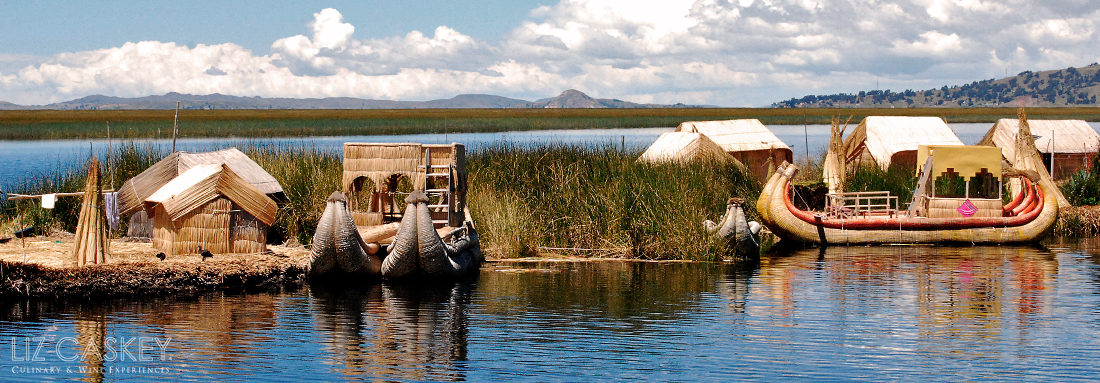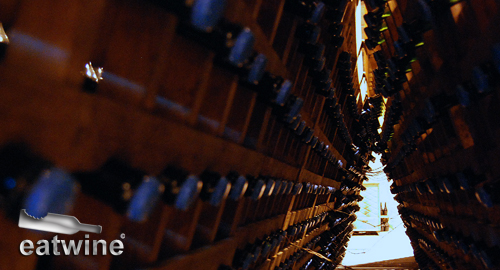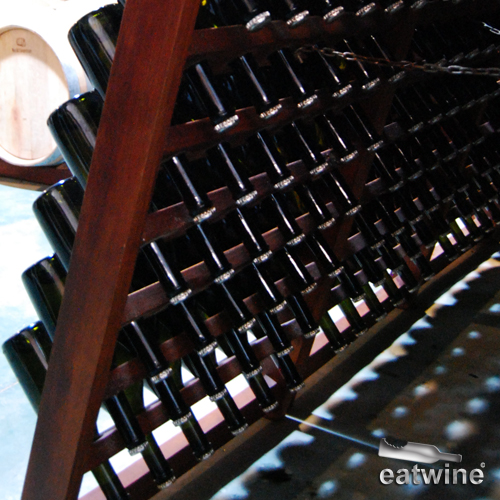Hi amigos. Color me happy, I am home after a whirlwind road show in the Southern US. GREAT trip. Beyond the cooking demos, classes at Central Market in Texas, and wine tasting events, I experienced a full-on tropical “monsoon” at Disney World in Florida (the Magic Kingdom is unfortunately not as fun in a day-long torrential downpour); got back in touch with my inner adrenaline junkie at the Tower of Terror (free-fallng in a elevator? Weee!); devoured Houston’s best BBQ at Burns out in the ‘hood; then turned around and did the famous Sunday Brunch at Hugo’s for Oaxacan cuisine (dangerous margaritas, as I discovered when the buzz ended and a hangover set in at 5pm). I almost conquered my fear of driving Texas’ gargantuan highways with big, BIG trucks in Dallas & Fort Worth. The latter is still terrifying, even with a GPS. I still prefer to walk, run, bike, take the metro, or be driven any day, anywhere. Sigh, after 11+ years, still cannot get the former New Yorker, and Santiago urbanite, out of me and an overall aversion to car dependency.
Well, now that I am back, we’ll be putting this blog back into its grove with more frequent posts. Sorry to have let y’all hanging…
Sparkling wines have been on my brain a lot as of late with the request of a couple columns where I collaborate in Chile. Honestly, we are going through a bubbly renaissance here (in more ways than wine), so skip the sticky-sweet apple cider, lethal pisco sours, or bitter fernet colas and have a dry sparkler. What is better to celebrate the next two months of holidays, starting with Halloween, with sparkling wine? Yep, turn everyday life into a celebration. Better yet, explore them on your next trip here or contact us to hook you up.
Here’s my latest beat for LAN Airlines “In Wines” Magazine on this timely topic: South American Sparklers.
Save sparkling wine only for the holidays? Not in these latitudes. South American sparklers are booming in wine regions like Chile, Mendoza, and Southern Brazil where Pinot Noir and Chardonnay grapes bask in ideal conditions reaching a zingy acidity, perfect to produce world class bubblies. Although the tradition arrived with the European forefathers in the late 19th century, today the local sparkling wine market is booming as wine drinkers understand sparklers are not relegated to just special occasions. The relatively high acidities and fresh feel of these wines make them supremely versatile–from simple sipping with artisan cheeses to richer combinations of seafood, poultry, and pasta. Order a glass or dive in for a real education on what makes these wines so alluring. Ching ching, as they say here.
Argentina
The first South American subsidiary of the French Champagne house, Moët & Chandon’s, between 1957-1959 French oenologist, Renaud Poirer, conducted trials throughout Argentina to determine where they could make an old-world style bubbly. Mendoza won, with its stony soils and thermic amplitude, it became the first winery outside of France. Now, fifty years later, Chandon is the most important sparkling bodega in Mendoza, pumping out some of the finest sparkling wines from the extra brut to their special vintages.
Chandon runs daily public visits where you’ll walk you through the history and fascinating process of making a traditional champenoise method wine, from the base cuvee to the liquer de tirage, riddling, and disgorging the bottles through freezing the yeast cap, to the final product. Since sparkling wines pair with everything from appetizer to dessert, opt for the private food & wine pairing session where the resident chef pairs their Extra Brut, Nature, and Baron B. line of wines with clever flavor combinations.
Want a true education in sparkling wines? Head for Cruzat. Highly regarded as Argentina’s sparkling wine expert, Don Pedro Rossell founded this operation in 2004 with Chilean partners Gastón Cruzat, Pedro Grand (former partner of Montes), Hernán Boher, and Fernando Riera Rawling. The objective? To create one of South America’s grand sparkling wines. Cruzat is one of the few bodegas in Argentina dedicated exclusively to producing Ultra Premium sparking wines in the traditional French method.
Located off a dusty road in Mendoza with sweeping views of the Andes, the focus is on quality, not quantity. The owners’ passion is palatable. Visitors are still received by winemaker Don Pedro himself where he’ll let guests taste the base wine components that will eventually become Cruzat. A labor of love, the tasting covers three wines, all made with varying percentages of Pinot Noir & Chardonnay grapes from single vineyards: the dry nature with its toasty notes; a classic smoothe brut; and the seductive rosé, with hints of berries and toasted Authentic, hand-made, heartfelt wines. Private visits only.
Chile
One of Chile’s traditional wineries dating back to 1885, Undurraga has reinvented itself with new lines like the top quality still wines like the T.H. (Terroir Hunter) and a variety of sparklers that run the gamut from the perennially popular Demi-Sec to the citrusy Brut Royale made in the charmat method, and the highly regarded Brut Supreme.
Undurraga is easy to visit from Santiago, located in Talagante, only 34 miles away. While the winery receives visitors every day, if you want to sit down to savor their sparklers, book ahead for a private tour and select your bubblies. See the magical process of making sparkling wine, walk the verdant 19th century park designed by renowned French landscaper George Henri Dubois, and visit the historic subterranean cellar to see the impressive arches reinforced with cal y canto, lime and egg white.
In 1979, Spanish winery owner Don Miguel Torres arrived in Curicó, acquiring a small winery and becoming the first foreign wine investor in Chile. An innovator in Chilean viticulture, when it comes to sparkling wines, Torres’ Reserva de Familia Pinot Noir Brut is considered among Chile’s finest by wine connoisseurs. Elaborated in the traditional champenoise method with only Pinot Noir grapes, fine bubbles blend with a seductive, fresh fruit notes in balanced, lip-smacking wine. Torres continues to trail blaze with the recently launched the Santa Digna Estelado, a ground-breaking sparkling rosé made from the traditional país grape, sourced from all organic farmers in the Maule valley.
Visit Torres in Curicó, a short hop off from other winery circuits in the Colchagua, to dine at their gourmet restaurant. The meticulously curated menu pairs these sparklers by the glass with dishes like squid stuffed with king crab. Can’t make it to the winery? Fortunately, Torres has a wine-themed restaurant in the upscale El Golf neighborhood where you can try all their wines by the glass.
Brazil
An hour from the bustling capital of Porto Alegre in Brazil’s southernmost state, Rio Grande do Sul, Brazil’s wine country, the Vale dos Vinhedos is located in the rolling hillsides of the lush Serra Gaúcha. Nestled around the town of Bento Goncalves, many wineries focus on sparkling-style wines with the cool mountain climate. Casa Valduga leads the pack and is devoted to mastering the champenoise winemaking method, known for its fine 130 Brut. Founded by Italian immigrants who arrived in the late 19th century in the region, today the third generation of the Valduga family continues to make the wines and was the first winery to erect an impressive visitors center for guests. In addition to the winery, Villa Valduga has two on-site restaurants marrying local gastronomy with house wines and the pousada, winery guest house, with 24 rooms. Deepen your knowledge of the unique terroir with a tasting course in the eno-boutique or simply sip your zesty, yeasty Brut.
In Wines Magazine is available only on LAN Airlines international flights in business & first class–a vacation in and of itself!















